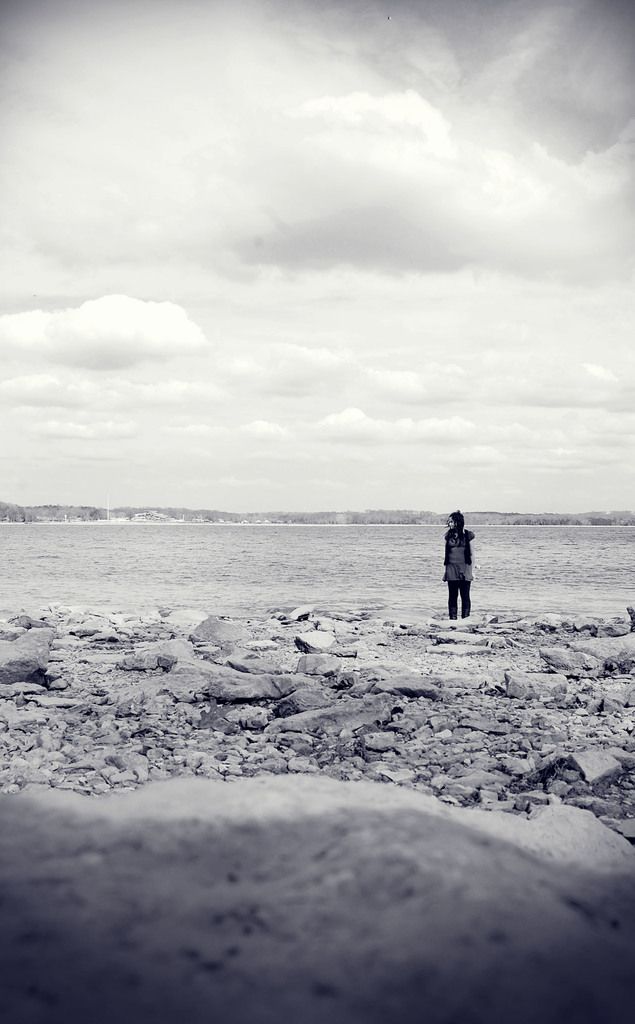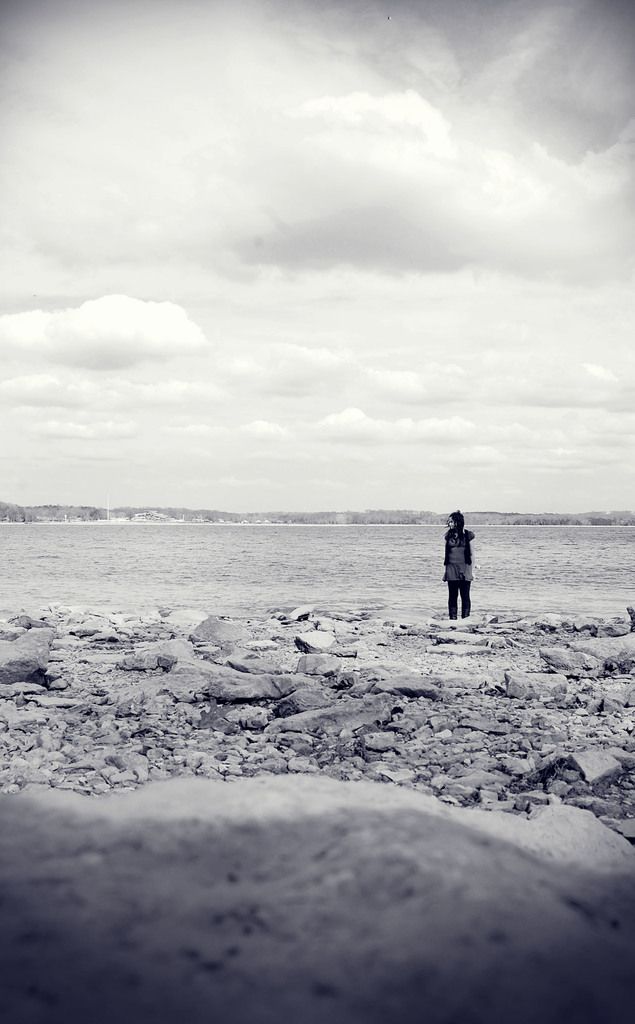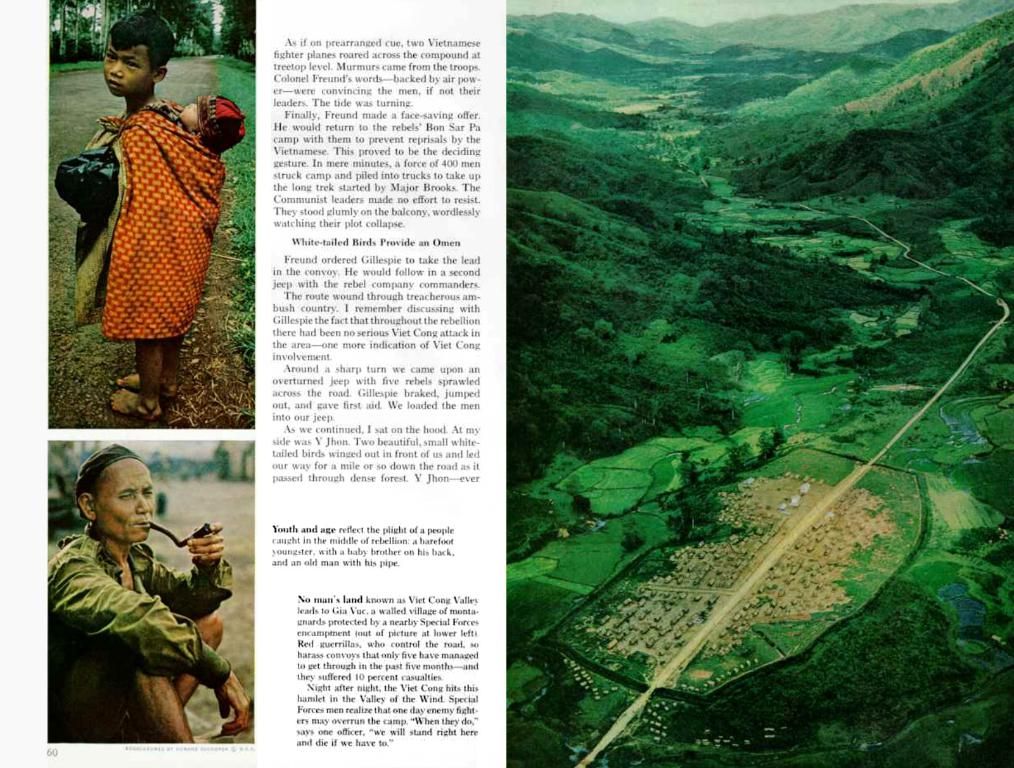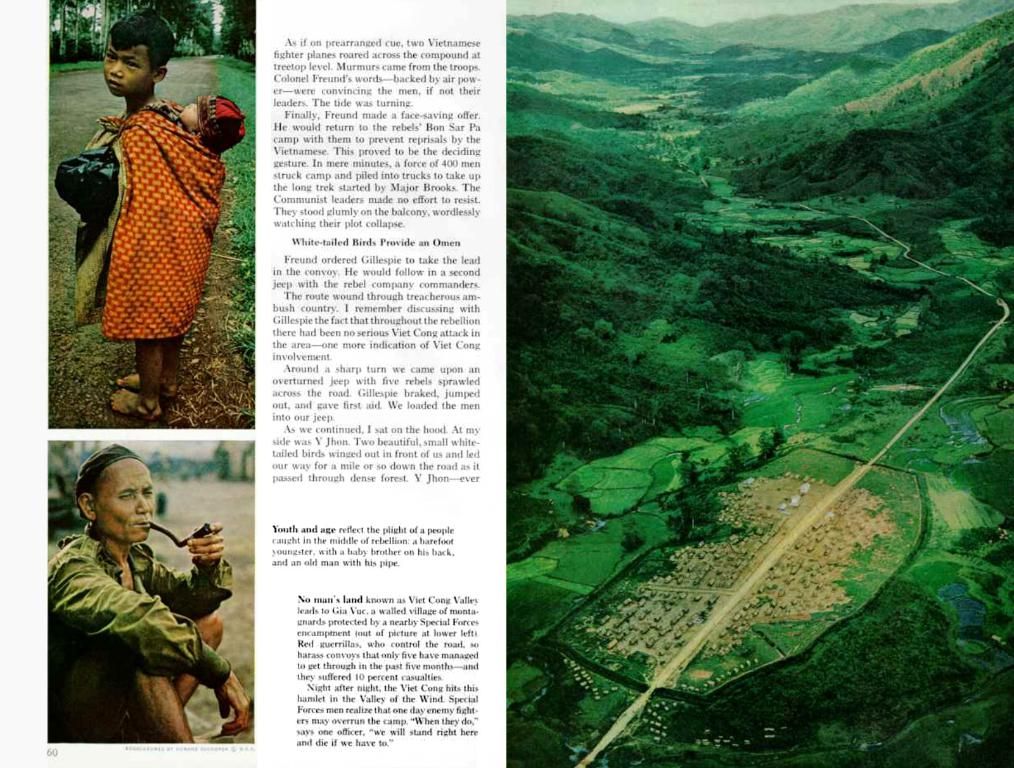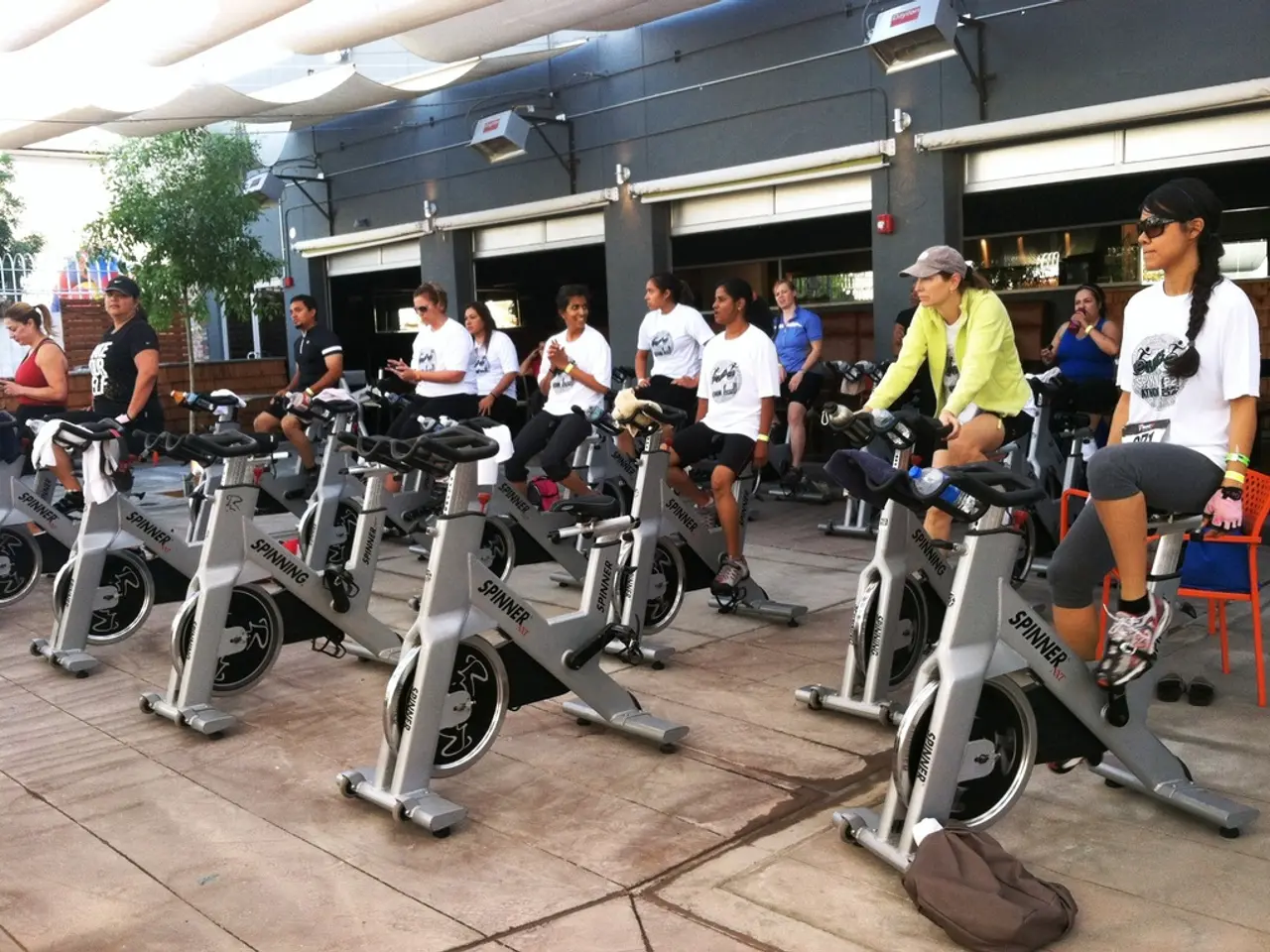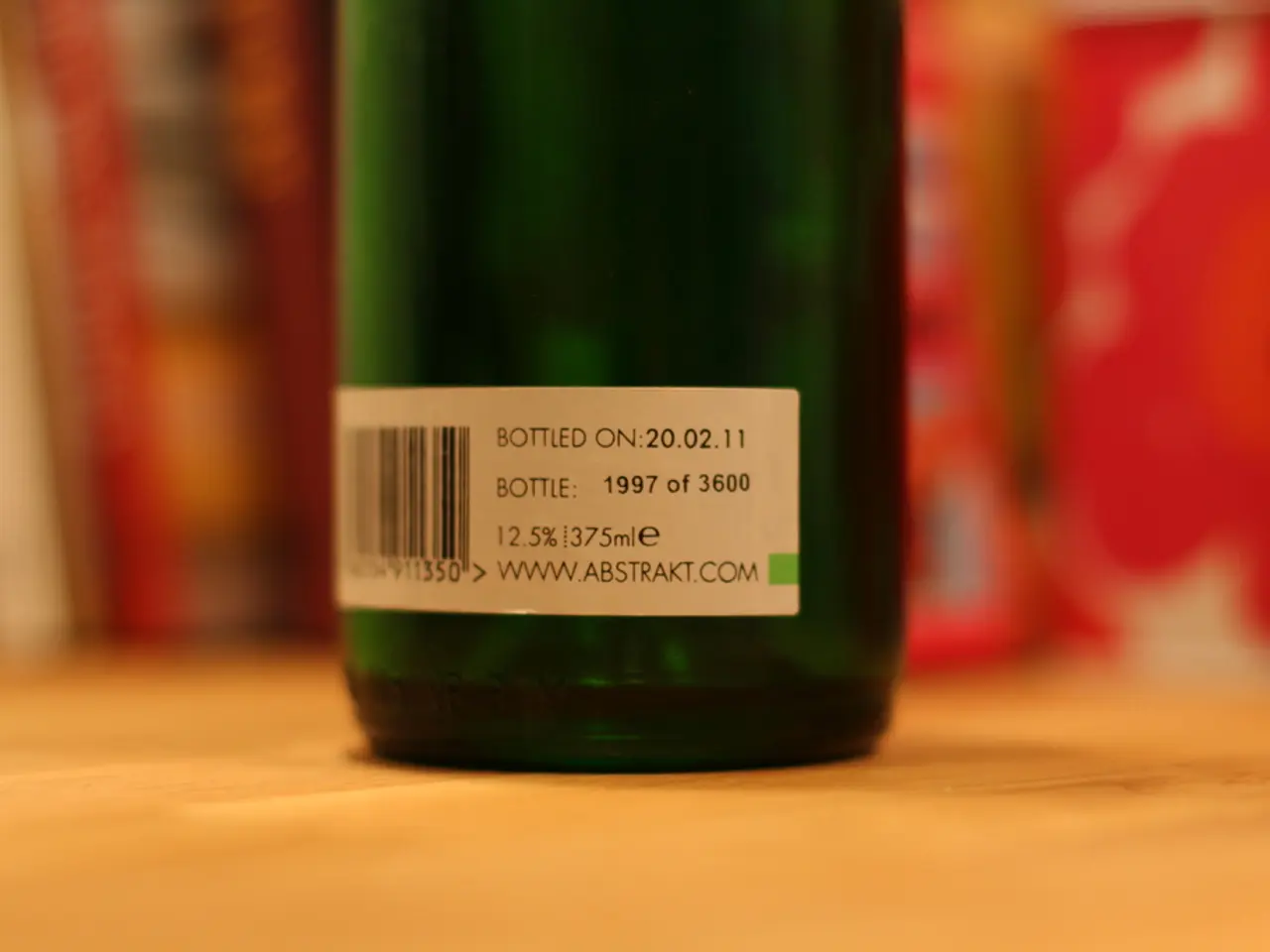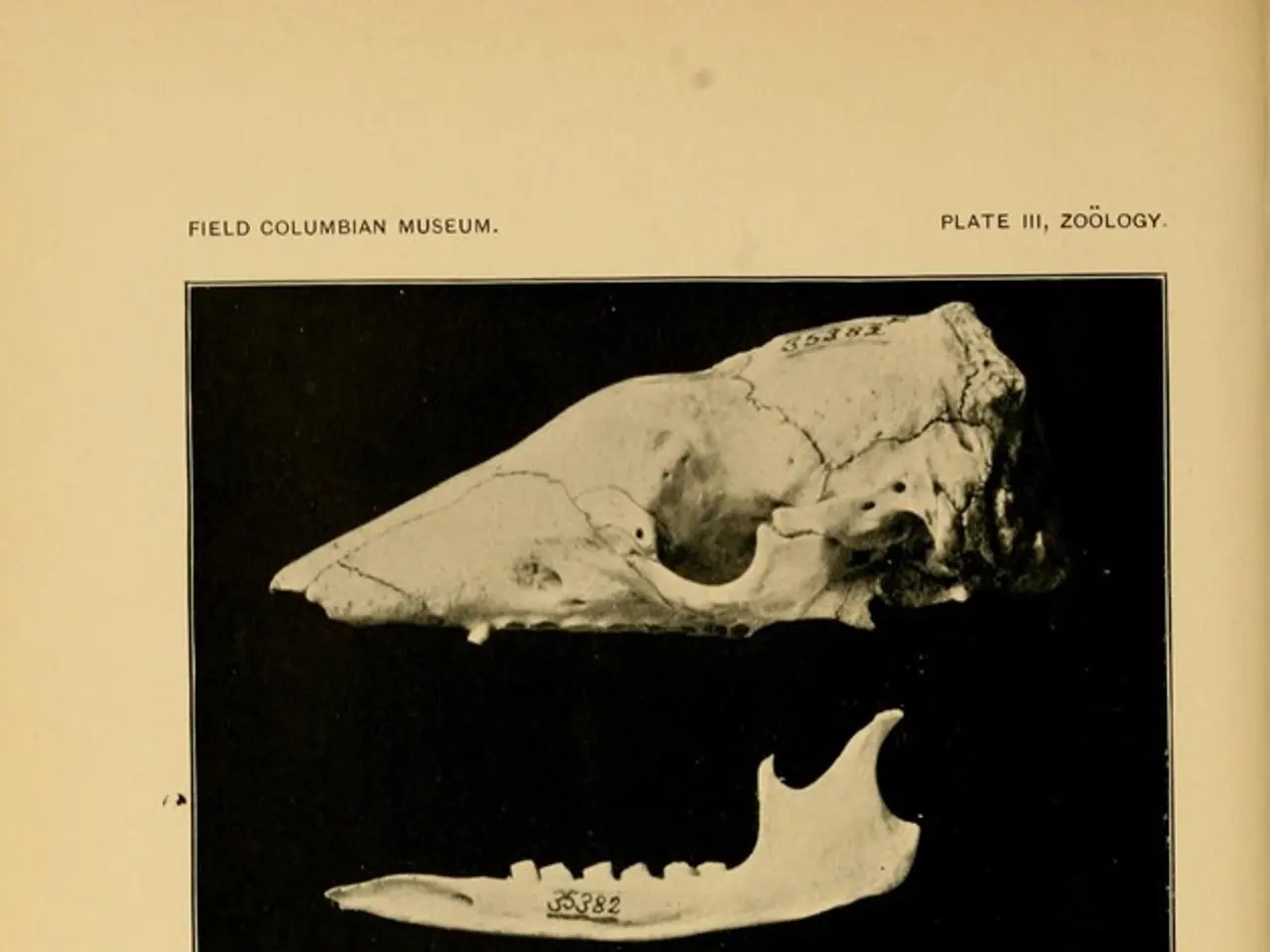Chilling Out: How Sizzling is the Heatwave in Your City? Dive into the Heat Stress Map
- 2 Min*
City Heat Stress Levels: Check Out This Illustrative Map - What's the current temperature in your town?
Over 12 million people in German urban areas face extreme heat where they live, according to a study by German Environmental Aid (DUH). The organization developed their "Heat Affected Index" for 190 cities with over 50,000 inhabitants, measuring heat, concrete, and green factors.
Topping the list of heat-stricken cities, in a negative sense, are Mannheim, Ludwigshafen, and Worms. Approximately 88 to 91% of their residents reside in severely affected areas.
Conversely, cities in the north like Flensburg, Wilhelmshaven, and Kiel enjoy cooler temperatures during summer. Cities like Hattingen, Gummersbach, and Witten take the lead with their abundant greenery and less sealing.
Take a Peek: Where it's Really Scorching
DUH categorized 31 cities in the red category, as severely affected, including Frankfurt am Main and Magdeburg. Cologne, Berlin, and Munich fall in the yellow middle category, while Hamburg fares better in the green group.
With air-photo company Luftbild Environmental Planning GmbH, DUH divided the country into 100x100m grids. Taking into account the seasonal surface temperature, sealing degree, green volume, and population density, values were assigned to each square that deviate from the nationwide average. Points were awarded based on the deviation from the average, using census data from 2022 and satellite data.
This year, DUH enhanced its heat check from last year, incorporating data on the average surface temperature in summer and population density.
Why Green and Concrete Factor In
Sealed surfaces like roads, parking lots, or rooftops prevent water from infiltrating and evaporating, which provides cooling. Consequently, they heat up and radiate heat for extended periods, causing heat to accumulate particularly in urban areas.
On the flip side, green areas such as meadows, hedges, or trees facilitate moisture evaporation, cooling the environment. Trees significantly lower the surrounding temperature by up to 10 degrees Celsius and contribute to air cooling, according to the Ministry of Construction's heat protection strategy.
Explore the table to find your city's temperature, sealing, and green scores:
What's in Politics' Hands for Beating the Heat
Cities can improve quality of life under hot weather conditions with measures like implementing "spongy cities" - allowing water to penetrate and be stored in the soil for managing heavy rainfall and dry periods. Green roofs and facades, parks, and trees encourage evaporation. Cool air corridors channel cool air from surrounding areas into cities. Plenty of refreshing drinking fountains provide hydration.
- Heat
- Weather
- German Environmental Aid e.V.
Notes:- Urban Heat Island Effect: Building-packed areas in cities absorb and retain heat during the day, leading to higher temperatures compared to nearby rural areas.- Need for Specific Data: A precise comparison requires access to specific heat stress data, like the Urban Heat Island Index or studies on urban microclimates to get a detailed insight into how heat stress varies across different urban environments in Germany.
- The German Environmental Aid (DUH) has developed an "Employment Policy" to combat the urban heat island effect, focusing on implementing measures like "spongy cities" and promoting green infrastructure such as green roofs, facades, parks, and trees.
- In addition to their Heat Affected Index, the German Environmental Aid (DUH) incorporates "climate-change" and "environmental-science" data into their heat stress check, considering factors like the average surface temperature in summer, sealing degree, green volume, and population density to create a more comprehensive understanding of heat stress in different urban environments.
